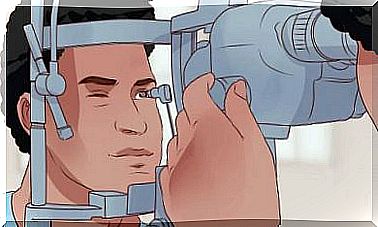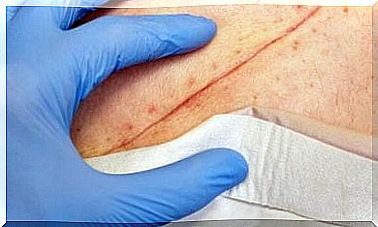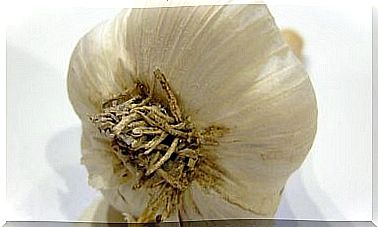How To Prevent And Treat Jellyfish Burns
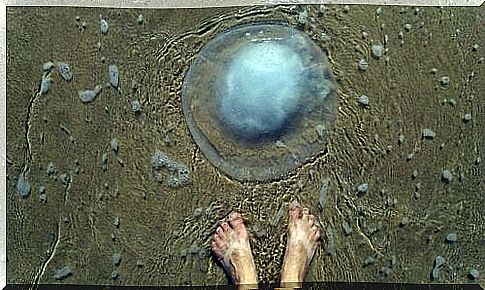
When summer comes, the winds and ocean currents change. This is when jellyfish populations start to predominate on beaches and coasts. In this article, we’ll explain how you can treat jellyfish burns.
the jellyfish
Phylum Cnidaria groups together a great diversity of life forms, among which are the jellyfish, the Portuguese caravel, the anemones, the corals and the Ventaline gorgonia. Known for the beauty of its colors, it is common to find it in areas rich in reefs or plankton. Today we will talk about the jellyfish.
Jellyfish are gelatinous marine animals with a bell-shaped body. They can be microscopic in size or reach about 2 meters. Its lower area is usually covered by tentacles that can be 25 meters long.
Although its function is to paralyze its prey, the pungent cells present in the tentacles can affect our skin. And they contain a lot of neurotoxins that can be harmful and even lethal, like the so-called sea wasp.
The most commonly found jellyfish in Spanish waters are Pelagia noctiluca , jellyfish and Mediterranean jellyfish ( Cotylorhiza tuberculata ). These three species have in common the fact that their burn is extremely painful. And how do you know if you’ve come into contact with a jellyfish?
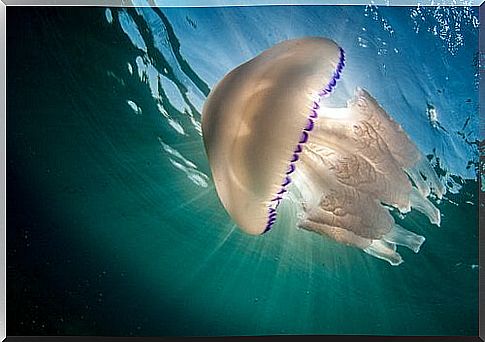
Symptoms of Jellyfish Burns
- Skin rash, irritation and redness.
- Burning.
- Tingling sensation and numbness in the affected area.
- Mild to moderate headache.
- Nausea and dizziness.
How to prevent jellyfish burns?
We recommend that if you go to the beach during the summer, apply protective creams for jellyfish burns. Today, Safe Sea is the internationally approved brand of physicians as it was created by marine scientists and biotechnologists.
Its product line is hypoallergenic and water resistant, so that its application on the face and body is completely safe. The product also offers sun protection .
Other precautionary measures include not touching these animals, even if they are dead. We should talk about it with children, whose natural curiosity leads them to play with them in the sand.
In case of burn:
- Wash affected area with seawater.
- Do not scratch the affected area with sand.
- Do not spray ammonia or urine on the affected area as this is ineffective.
- The person who is going to remove the tentacles must carry out the procedure with gloves on.
- Immediately go to the nearest hospital emergency unit.
How to treat jellyfish burns?
-
Jellyfish Aspect
Knowing the jellyfish species is important for treatment. If you can see it, be sure to describe it to the doctor.
-
use of antibiotics
After removing the venom residue, the doctor will use topical corticosteroids, anti-inflammatory drugs, and oral antihistamines to treat the burn. In case of infection, treatment will include topical antibiotics.
-
Allergies
Remember that an allergic reaction to a jellyfish burn can be very dangerous. Report your condition immediately to your doctor so they can treat you correctly.


